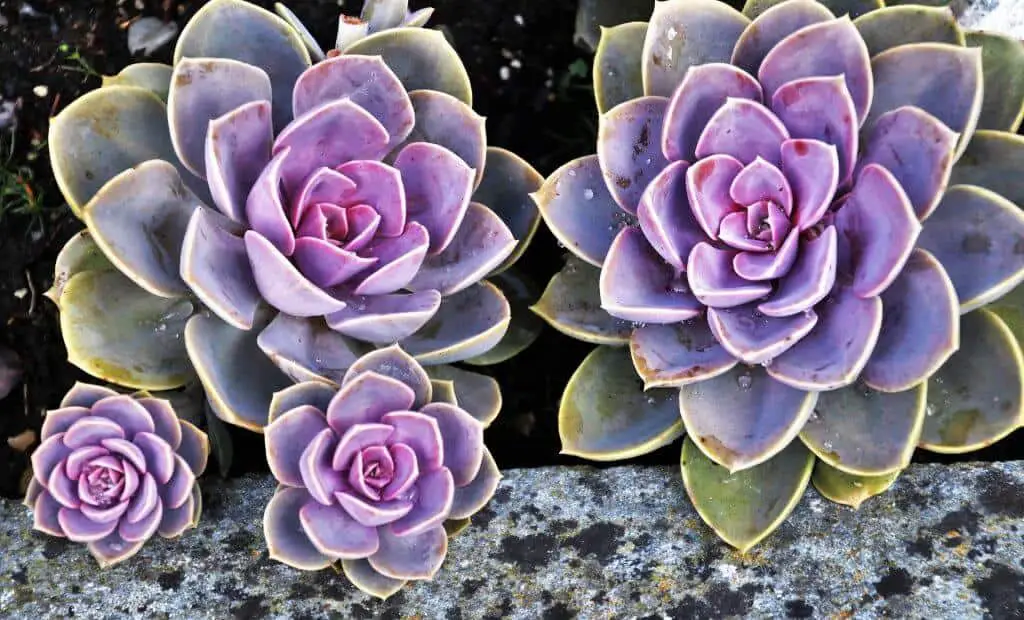What is Xeriscaping?
Xeriscaping is landscaping meant to minimize the need for supplemental watering. As a result, it can include a wide range of methods such as using fewer plants and making smarter planting choices.
In recent times, xeriscaping has become more and more popular in places that lack plentiful sources of water. Sometimes, this is because property owners have to pay high water prices in those places. Other times, this is because of environmentalist concerns over unsustainable practices.
With that said, the spread of xeriscaping is still held back by the semi-popular belief that it can't produce a beautiful landscape. Fortunately, this perception is changing as the best front yard xeriscape ideas continue to spread throughout the population.
Differences Between Xeriscaping, Zeroscaping, and Natural Landscaping
It is common for people to confuse xeriscaping for zeroscaping. Primarily, this is because the two concepts sound similar.
However, it isn't helpful that both xeriscaping and zeroscaping emphasize water savings. Instead, what separates the two concepts is their respective focuses.
Xeriscaping focuses on minimizing water consumption. In contrast, zeroscaping focuses on creating a landscape that is either devoid or almost devoid of plants, meaning that it is much stricter in nature.
On a related note, it is common for people to confuse xeriscaping and natural landscaping as well. It is possible for the two to overlap because xeriscaping can include the use of either native or naturalized plants.
However, front yard xeriscape ideas encompass more than these planting choices because xeriscaping is willing to make use of other plants as well, which is not something that natural landscaping can permit.
Related: The Best Landscaping Trees for the Front of the House
5 Tried-and-True Front Yard Xeriscape Ideas
Here are some of the most tried and true front yard xeriscape ideas:
Choose Drought-Tolerant Plants
Drought-tolerant plants are the best choices for xeriscaping. This means choosing either native or naturalized plants from drier regions.
Often, suitable plants will have fuzzy, waxy, or finely divided foliage that suggest the existence of adaptations that make them more capable of surviving such conditions.
Xeriscapers can choose local plants to replace more water-hungry counterparts brought in from elsewhere, but xeriscapers shouldn't limit themselves to these options because minimizing water consumption is the most important concern.
Consider Non-Plant Elements
Xeriscapers will use plants, whereas zeroscapers will not. However, using fewer plants in preference for elements made of stone and other non-living materials is a simple method for reducing water consumption without ruining the look of the landscape.
For example, property owners can make pathways with bigger-than-normal stones to reduce the size of the lawn without needing to eliminate it.
Likewise, use rocks rather than mulch for providing ground-cover to plants. Rocks are a one-time expense, meaning that they are cheaper in the long run. Moreover, rocks come in countless colors, shapes, and sizes, meaning that there are a lot of decorating possibilities.

Careful Planting Locations
Choose planting locations with care because solid choices can make for savings in time, effort, and money.
For example, place stones in sloping terrain to reduce water run-off by improving water retention. However, put alpine plants between the stones to prevent them from being exposed when running water washes away the soil.
Meanwhile, plants with similar water requirements should be in the same locations as one another, which should make watering them less laborious while preventing water wastage.
Generally speaking, plants with less need for water go on higher terrain while plants with more need for water go on lower terrain because running water tends to pool downhill.



